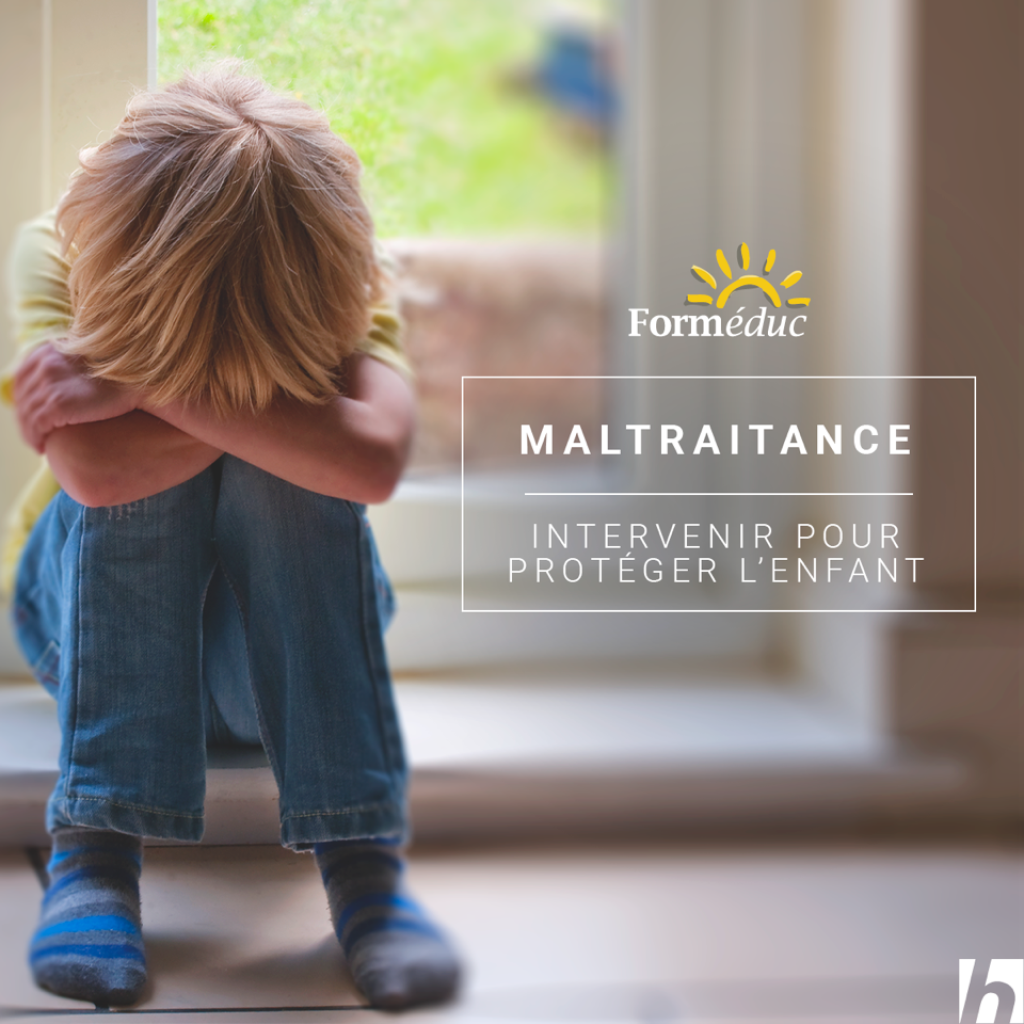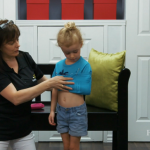

- 6 January 2020
- |
- Andrée Bouchard
Child abuse is a widespread problem, affecting children in all parts of the world and in all social strata. It can take many forms – abuse, neglect, violence – and cause emotional, psychological and physical damage that can affect a child’s development and life path. The scars left by abuse can be permanent.
Did you know that children cannot injure themselves in certain areas of the body? Can you tell the difference between a recent hematoma, an old hematoma or a hematoma that occurred at the same time as another event? Do you know which specific injuries should be investigated?
In the training document “Maltraitance, intervenir pour protéger l’enfant”, you’ll find tools for recognizing situations that represent a risk for the child, adopting strategies to prevent maltreatment and injury, and knowing how to initiate a denunciation process while protecting yourself.
Abuse or neglect?
Abuse is sneaky because the signs are not obvious. Often, there is a confusion that tends to make people believe that neglect, especially emotional neglect, is less serious than abuse, when in fact neglect is a form of abuse in itself.
There is, however, a distinction to be made between neglect and abuse:
Neglect occurs when an adult intentionally or unintentionally fails to meet essential needs (food, clothing or hygiene), emotional needs (no attention or affection), educational needs (stimulation of different spheres of development) or medical needs (no medical care provided, when required).
Abuse, on the other hand, is defined as any aggression suffered by a child, whether intentional or negligent, that affects the child’s physical integrity (blows, shaking, burns or other types of injury), psychological integrity (humiliation, threats, lack of proof of affection) or sexual integrity (exhibitionism, inappropriate touching).
Clearly, abuse is not just violence, but also mistreatment through ignorance or neglect.
What about discipline?
Children need adults to guide them and tell them how to behave. This is what we call discipline. Discipline helps children to acquire a sense of responsibility and self-control, and to distinguish right from wrong.
Physical punishment (spanking, kneeling in a corner or squeezing a child’s arms, for example) is not an effective form of discipline, although some people may think it is. Corporal punishment can breed anger and resentment, and undermine a child’s trust in adults. Corporal punishment teaches children that it’s acceptable to hurt others. In the long term, this makes undesirable behavior worse, not better.
Corporal punishment simply doesn’t work, either for the child or the adult.
What to do if you think a child is being abused?
When your own observations or the words and confidences of a child give you reasonable grounds to believe that his or her security or development is or may be compromised, you must report the situation to the DYP without delay.
If a child confides in you
Listen carefully to what the child is saying and accept what he or she is telling you, even if you find it hard to believe that an alleged aggressor may have acted in this way, or that there has been abuse or violence towards the child. Comfort him by telling him he did the right thing by telling you. Speak to him using clear language that corresponds to his developmental level.
Five useful things to say to a child who confides in you :
1- I believe you
2- I’m glad you came to talk to me about it.
3- I’m sorry for what’s happening to you
4- It’s not your fault
5- I’ll do everything I can to help you
When in doubt, your role is to report the situation, not to investigate. This is the responsibility of the Direction de la Protection de la Jeunesse.
For the number of the youth center to contact, see the list at: www.msss.gouv.qc.ca/jeunes
In case of emergency, call 9-1-1




